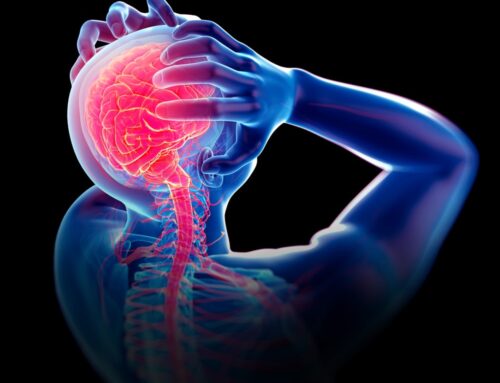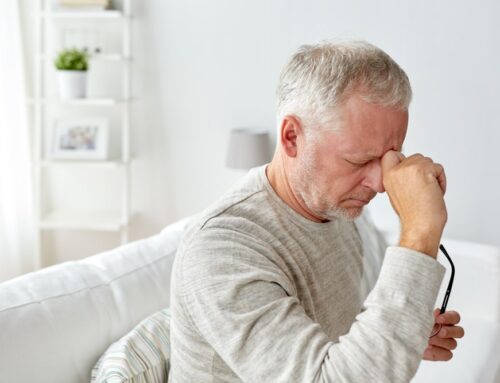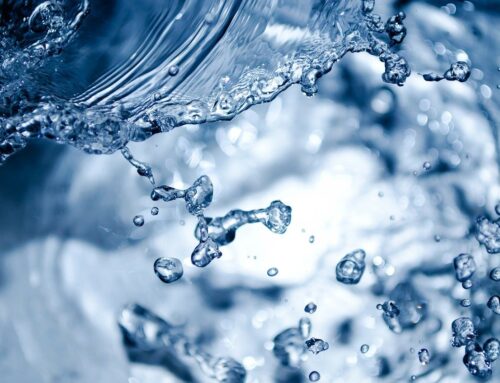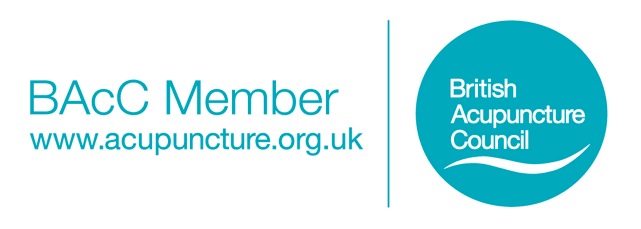Sports injuries, both at hobby and professional levels, are something that can happen and in the worst case scenario can end a sports career. Therefore, the highest priority is a fast and painless come back with the minimum in performance loss.
In a recent study, Karl Zippelius and Angela Schwarzinger explore how Acupuncture, Tui Na (Acupressure Massage) and Traditional Chinese Medicine (TCM) can improve that recovery time. Their conclusions are that current research results confirm that traditional concepts are relevant in the treatment of sports injuries. Shortened healing and rehabilitation phases through TCM treatments, and a minimised risk for long-term complications, such as post-traumatic arthritis or chronic pain syndromes, are the result.
Currently, the gold standard for injury is First Aid measures such as RICE (rest, ice, compression, elevation), where besides applying ice and compression, the injured part is raised, immobilised and rested. This is followed by assessment of the severity of the injury which can lead to surgery and/or physiotherapy to help maintain a proper and full functioning and early mobilisation of the joint.
Within Acupuncture and TCM the therapeutic principle for first aid measures is to unblock the Qi and Xue (energy and blood) stagnation resulting from the trauma as soon as possible. This is achieved either with Acupuncture, Tui Na, Cupping or Moxibustion (Moxa) if appropriate.
With Acupuncture, we are able to use points that are away from the injury to promote a healing response within the meridian and often to reduce subjective pain and with Moxa we are able to work directly on the injury site without the need to apply pressure or use needles.
Most physiotherapists who deal with sports injuries use some element of Acupuncture these days but they only scratch the surface of its full potential. As a teacher of Qi Gong and Tai Chi I recognise the need for exercise and strengthening in recuperation but also for the need to nourish the healing potential of the body at the same time and I see these arts as the ancient and traditional forms of physiotherapy.
As an enthusiastic runner, I see the need and gain great benefits from regular physiotherapy and Acupuncture regardless of injury, and this regimen when combined with regular Tai Chi, Qi Gong and diet has kept me running and largely injury free for a good number of years.
I would suggest that the gold standard should be a balanced view of the injury and then appropriate interventions of both Western and Eastern concepts to aid recovery and that these concepts should be continued during training when injury free.








